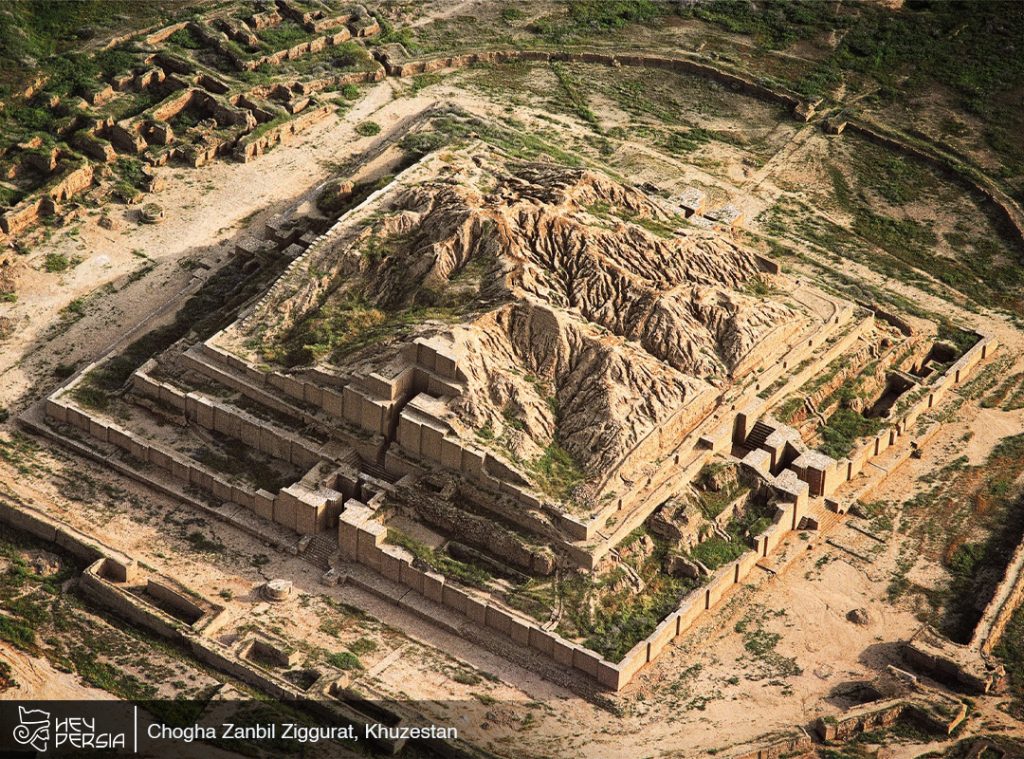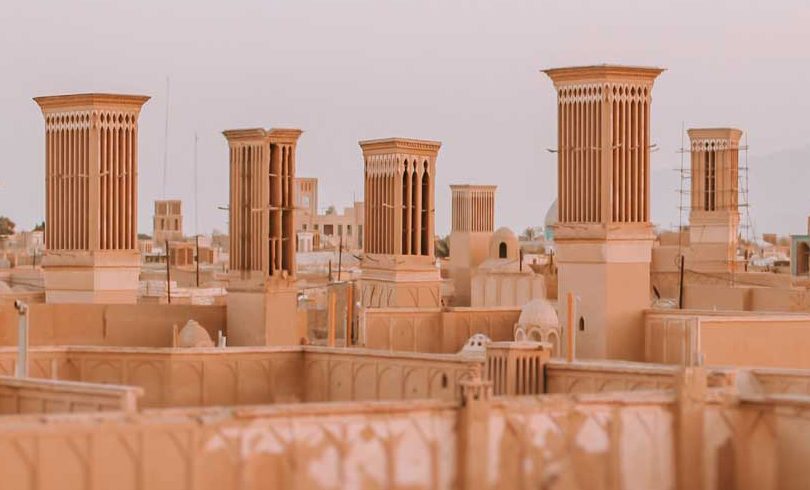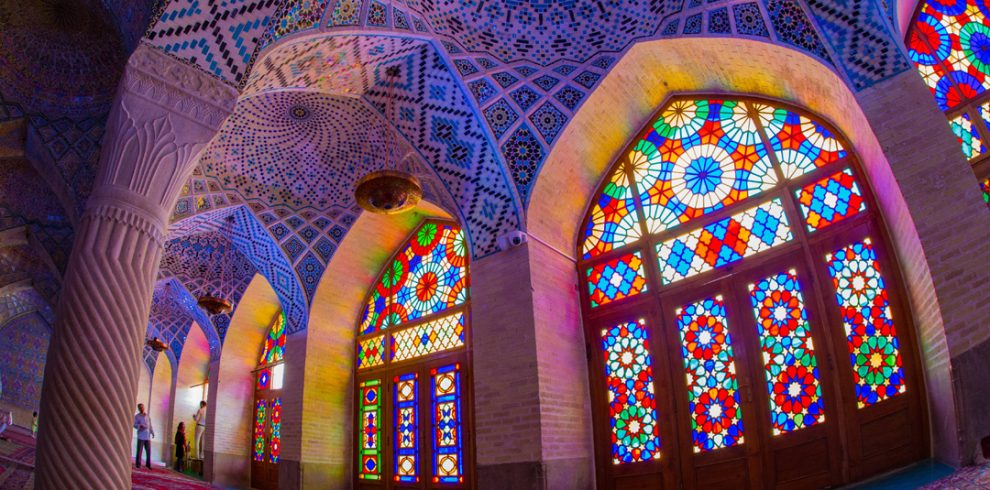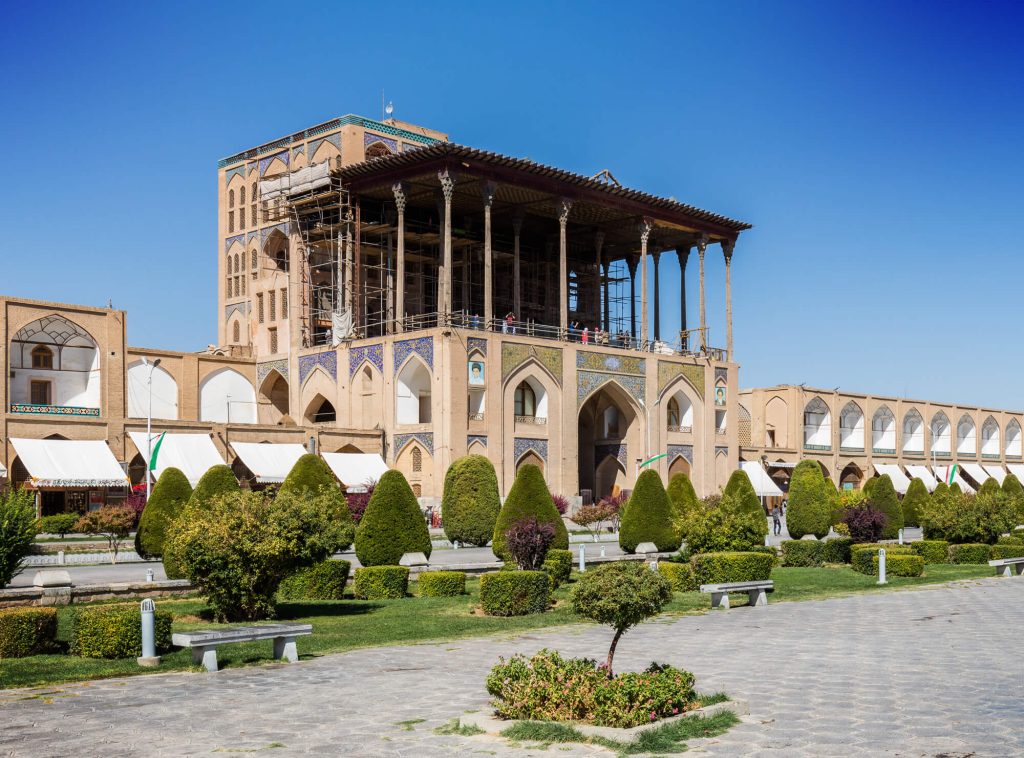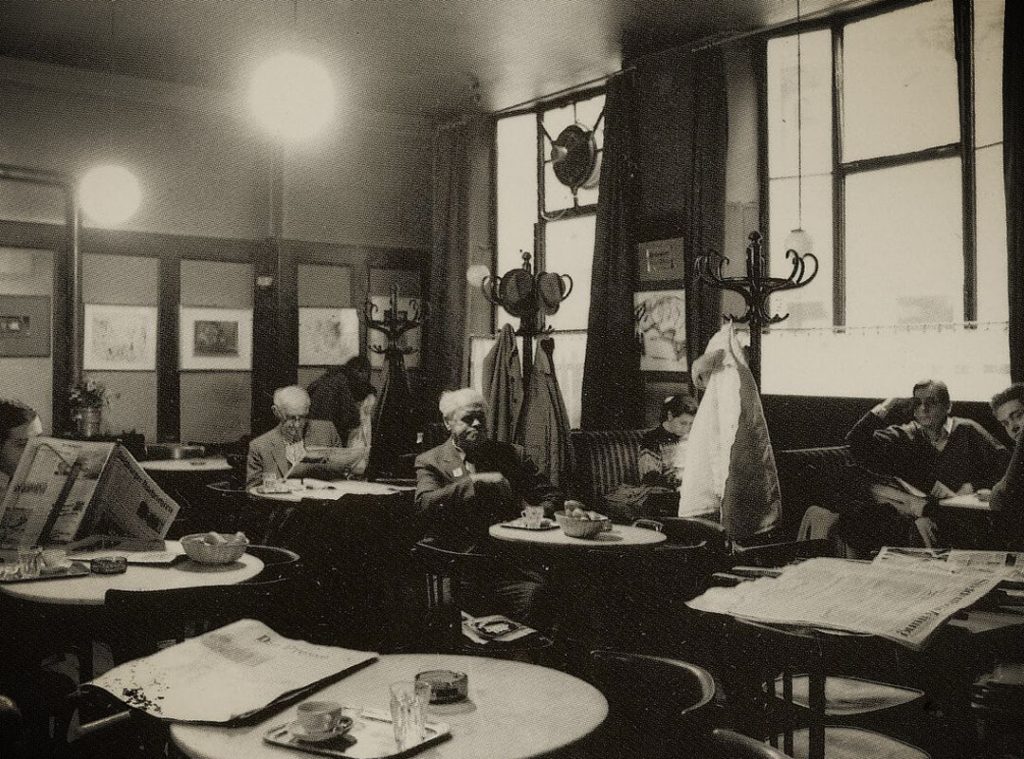The Chogha Zanbil Ziggurat, situated in the southwestern part of Iran, is a remarkable testament to the architectural and engineering prowess of ancient Mesopotamia. This ancient ziggurat, a pyramid-like structure, is one of the most well-preserved examples of its kind. It offers invaluable insights into the culture, religion, and society of the Elamite civilization. In this comprehensive overview, we will delve into the history, architecture, purpose, and significance of the Chogha Zanbil Ziggurat. stay with Hey Persia to learn more.
Historical Context of Chogha Zanbil Ziggurat in Iran
To understand the significance of the Chogha Zanbil Ziggurat, we must first explore the historical context in which it built. The ziggurat dates back to approximately 1250 BC, a time when the Elamite civilization thrived in the region. Elam was a significant ancient civilization that existed in what is now southwestern Iran. It had its own unique language, culture, and political structure, and it frequently interacted with neighboring Mesopotamian societies.
The Architectural Marvel of Chogha Zanbil Ziggurat in Iran
The Chogha Zanbil Ziggurat stands as a remarkable example of Mesopotamian architecture. The term “ziggurat” itself refers to a stepped pyramid structure commonly found in ancient Mesopotamia, often serving as a religious or administrative center. What sets Chogha Zanbil apart is its remarkably well-preserve state. The ziggurat rises to a height of approximately 25 meters (82 feet) and has five levels or terraces. Each diminishing in size as they ascend. It was using a sun-baked mud bricks and exhibits intricate details, such as cuneiform inscriptions. They provide crucial information about the Elamite civilization.
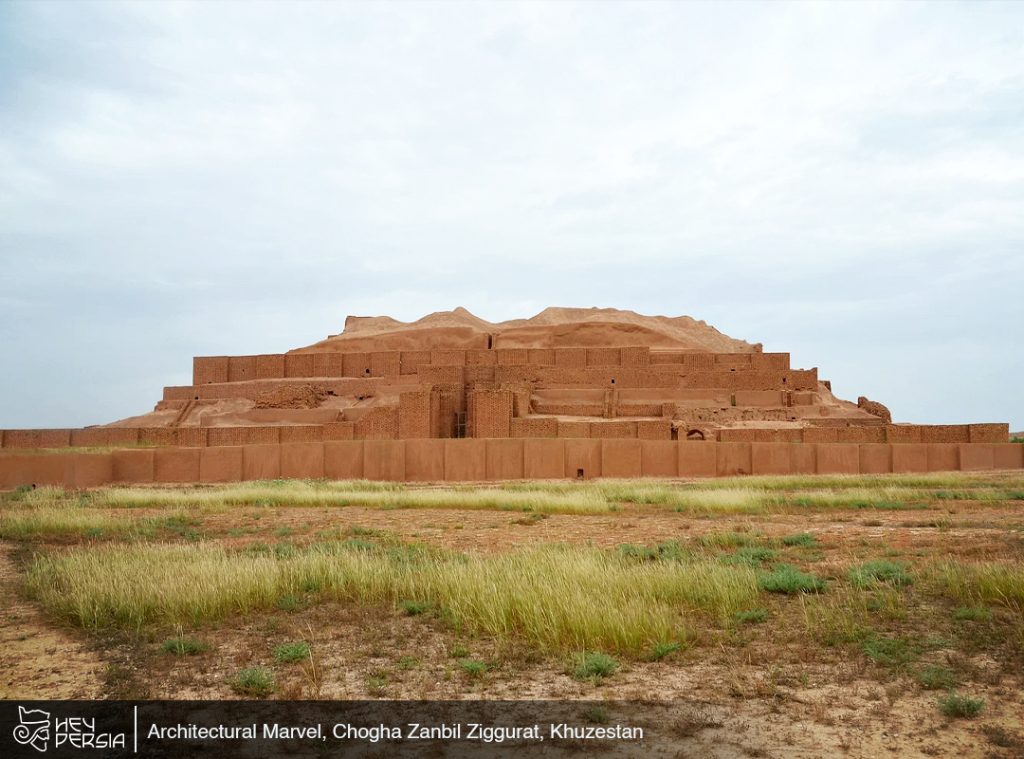
Purpose and Function
The exact purpose of the Chogha Zanbil Ziggurat has a subject of scholarly debate, but it is generally to have had religious significance. Like other ziggurats, it likely served as a temple complex dedicated to the worship of deities, particularly Inshushinak, the chief god of the Elamite pantheon. The ziggurat may have also played a role in legitimizing the authority of the ruling monarch, King Untash-Napirisha, who commissioned its construction.
Architectural Features
The Chogha Zanbil Ziggurat boasts several unique architectural features that make it stand out among ziggurats of the ancient Near East:
1. Outer Walls and Gateways: The ziggurat is encircled by massive outer walls, creating a fortified complex. Intricately designed gateways with crenellated walls provide access to the ziggurat’s interior.
2. Tiers and Altars: As mentioned earlier, the ziggurat comprises five tiers, with each tier containing small chambers or altars dedicated to religious rituals and offerings.
3. Cuneiform Inscriptions: The ziggurat is adorned with cuneiform inscriptions that not only commemorate its construction but also provide insights into the Elamite language and culture.
4. Tunnels and Underground Structures: Beneath the ziggurat, there are underground tunnels and chambers, some of which were used for storage, while others may have had religious or administrative functions.
Significance and Legacy
The Chogha Zanbil Ziggurat holds immense historical and archaeological significance. It offers a window into the religious beliefs and practices of the Elamite civilization, as well as their architectural achievements. The ziggurat’s inclusion on the UNESCO World Heritage List in 1979 highlights its global importance as a cultural treasure.
Furthermore, the ziggurat’s well-preserved state has allowed archaeologists and historians to study it in detail. It is shedding light on ancient construction techniques, architectural design, and the daily life of the Elamites. The site continues to be a valuable source of knowledge for researchers and enthusiasts interested in the ancient history of the region.
Challenges and Preservation
Preserving the Chogha Zanbil Ziggurat has been a priority for Iranian authorities and international organizations. Despite its age, the ziggurat faces several challenges, including environmental factors such as erosion and seismic activity. Conservation efforts have been undertaken to stabilize the structure and protect it from further deterioration, ensuring that future generations can continue to marvel at this ancient wonder.

Visiting Chogha Zanbil Ziggurat in Iran Today
Today, the Chogha Zanbil Ziggurat is open to visitors, allowing them to explore the awe-inspiring remnants of an ancient civilization. Tourists can walk through the complex, marvel at the architecture, and gain a deeper understanding of the Elamite culture and its religious practices.
Chogha Zanbil Ziggurat in Iran calls a visit
Chogha Zanbil Ziggurat in Iran is a testament to the rich history and cultural heritage of ancient Mesopotamia. Its well-preserved state, unique architecture, and historical significance make it a must-visit destination for anyone interested in the mysteries of the past. As we continue to uncover the secrets of this ancient marvel, it reminds us of the enduring legacy of the Elamite civilization and the importance of preserving our shared human history.

